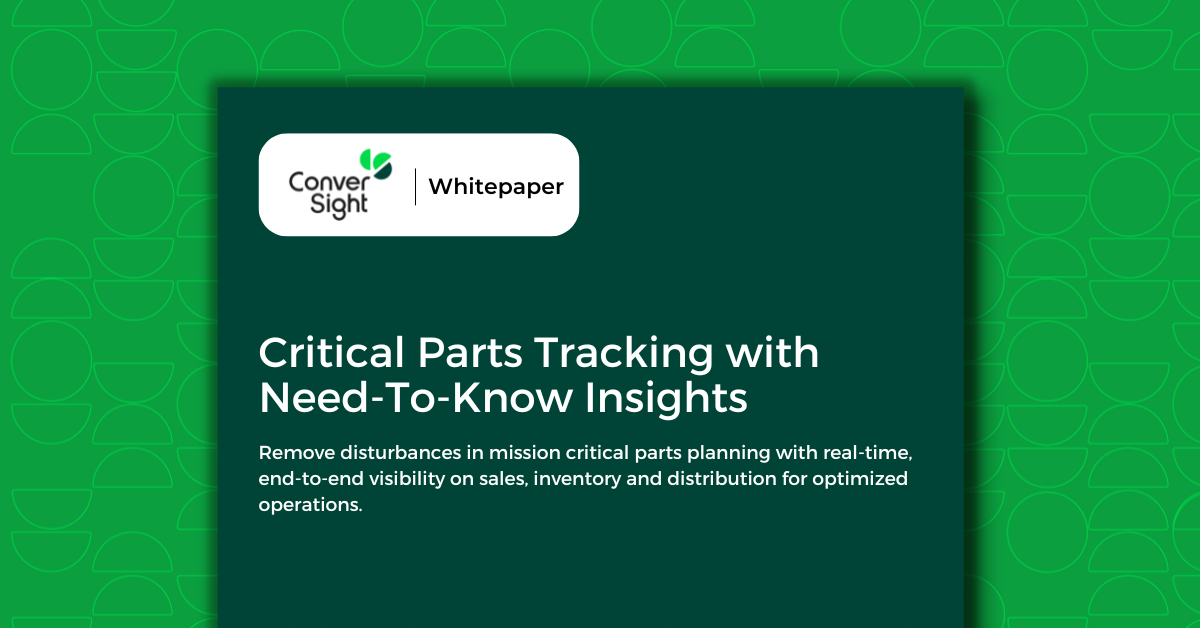
Last week, Microsoft took on a $16 billion dollar acquisition of Nuance, a speech recognition company. Conversational AI has the ability to transform the way people interact with technology. The adoption of this speech-recognition software encourages the streamlining of data management.
Strategic acquisitions such as these are especially significant in the world of speech and language recognition software and its impact on the businesses across verticals and industries. As larger-scale companies like Microsoft, begin to implement speech recognition software into their companies, it points to greater growth and development within the industry. Not only will the use of AI continue to increase in big-name businesses, but attention will continue to be drawn to the exponential power of conversational AI. Its applicability will be drawn by everyday user across businesses of all sizes.
Conversational AI interfaces understand the context and intent of business questions by leveraging machine learning, data science, knowledge graphs and cognitive techniques. Enterprises are then able to create advanced dialogue systems that utilize memory, personal preferences and contextual understanding. In return, this delivers a realistic and engaging conversation with data sets.
Success in deploying conversational AI in the business needs key skills, not just technical, but mostly business domain & subject matter knowledge. Conversational AI bots need to understand the domain and speak the domain, not just English. That’s where the domain-focused business platforms like ConverSight, which is empowering Supply Chain leaders, are emerging.
ConverSight’s powered intelligent business companion, Athena, understands user behavior, context and intent of the conversation to deliver personalized insights and action. There are two primary technology components to the Athena platform 1) the data ingestion and knowledge creation and 2) the process by which end-user queries are answered.
ConverSight’s characteristics includes:
- Connect to multiple data sources, both structured and unstructured
- Integrate with online applications through web services and APIs
- Access to insights through narratives and questions (e.g., supply chain metrics)
- Uncover data anomalies through data science
- Provide personalized proactive-insights
- Retrieve information (e.g., product searches)
To discover how your supply chain business can improve productivity and efficiency through the use of speech and language recognition, contact [email protected] or request a demo.


